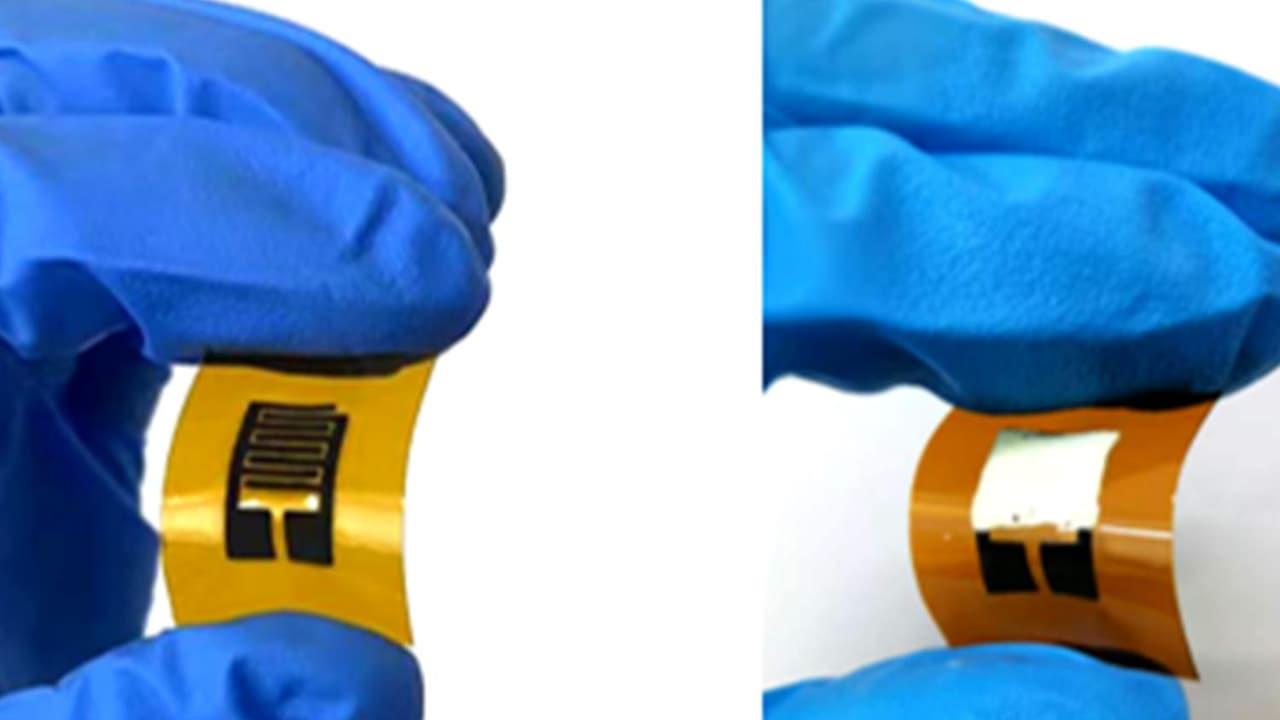
Breath Sensor Detects Diabetes In Minutes, Without Needles
Penn State researchers have created a low-cost, portable sensor that can diagnose diabetes and prediabetes in just minutes using a person's breath.
In the United States, more than 37 million adults live with diabetes, and an estimated one in five don't even know they have it. Traditionally, diagnosis requires lab tests, doctor's visits, or costly equipment. Now, a breakthrough from Penn State suggests that identifying diabetes could be as simple as breathing into a bag.
Breath Instead of Blood
A team led by Huanyu“Larry” Cheng, James L. Henderson, Jr. Memorial Associate Professor of Engineering Science and Mechanics at Penn State, has developed a sensor that detects acetone in breath-a biomarker strongly linked with diabetes. Their findings were recently published in the Chemical Engineering Journal.
While everyone produces acetone naturally as a byproduct of fat metabolism, high levels (above 1.8 parts per million) often indicate diabetes or prediabetes. The new device provides results on-site within minutes, eliminating the need for time-consuming lab work.
“This sensor only requires that you exhale into a bag, dip the sensor in, and wait a few minutes,” Cheng explained.“It's much more convenient than sweat or blood-based tests, which can be invasive or impractical.”
Smarter Materials for Smarter Sensing
The sensor is built from laser-induced graphene (LIG) combined with zinc oxide. Using a CO2 laser, researchers etched polyimide film into porous graphene, a material full of defects that make it highly sensitive to gases.
Cheng compared the process to toasting bread:“If you burn it too much, it turns into carbon black. But with precise tuning, we can create a porous graphene structure perfect for capturing gas molecules.”
However, graphene alone wasn't selective enough. Adding zinc oxide improved the sensor's ability to target acetone molecules specifically, avoiding false positives from other gases.
One challenge was humidity-since exhaled breath is full of water vapor, it risked interfering with detection. To fix this, the researchers added a special moisture-blocking membrane that prevents water molecules from sticking while still letting acetone pass through.
Toward Real-World Use
Currently, the system requires a person to breathe into a collection bag before testing. The team's next goal is to refine the design so it can work directly under the nose or even be integrated into a face mask, allowing real-time, continuous monitoring through exhaled condensation.
Beyond diagnosis, the team envisions broader health applications.“If we could track how breath acetone levels change with diet and exercise, similar to how glucose levels fluctuate, it could open exciting opportunities for personalized health monitoring,” Cheng said.
Affordable, Accessible Health Innovation
Unlike many diagnostic devices, the new breath sensor is lightweight, inexpensive, and easy to use, making it promising for global healthcare access. It could help identify diabetes earlier, particularly in communities with limited access to doctors or labs.
The research was supported by the U.S. National Institutes of Health and the National Science Foundation. Li Yang, a visiting scholar at Penn State, is the study's first author.
With diabetes rates climbing worldwide, this sensor could provide a much-needed tool for early detection and better disease management, potentially saving lives and reducing healthcare costs.
Legal Disclaimer:
MENAFN provides the
information “as is” without warranty of any kind. We do not accept
any responsibility or liability for the accuracy, content, images,
videos, licenses, completeness, legality, or reliability of the information
contained in this article. If you have any complaints or copyright
issues related to this article, kindly contact the provider above.

















Comments
No comment